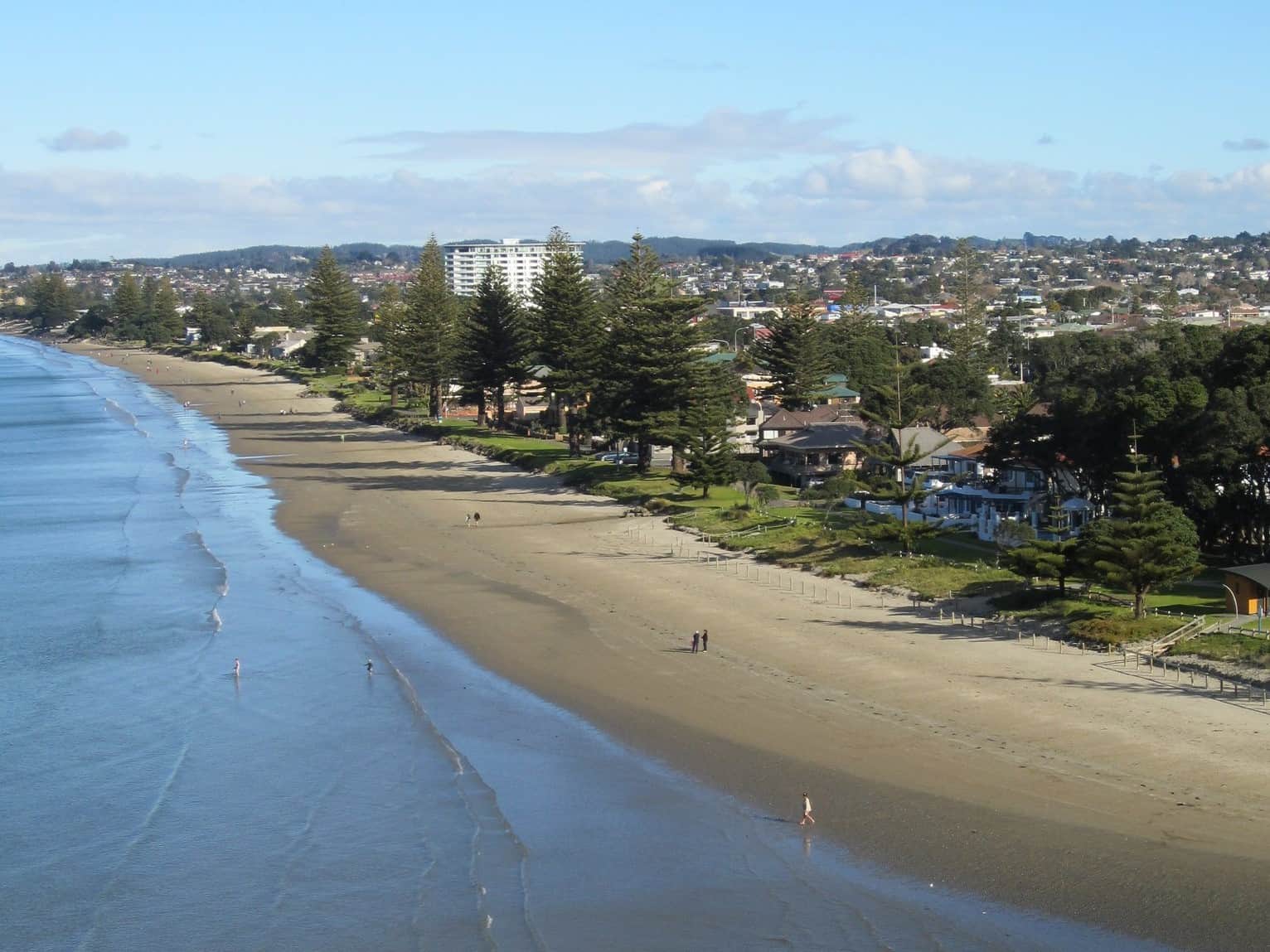By Dr Caroline Orchiston
A team of Resilience Challenge researchers have been working in the Auckland suburb of Orewa to support a citizen science initiative focused on tsunami risk. Orewa is a low-lying community with many people living within one kilometre of the coast, and is the most exposed community to tsunami in the Auckland region. Tsunami hazard modelling suggests Orewa is at risk from local, regional and distant source tsunami, and its residents would only have one hour to evacuate from a locally generated event. Active participation from schools, families and the wider community was the goal of this initiative, which was led by Rotary and supported by Auckland Council. Researchers were involved in co-developing a community survey, and a tsunami evacuation exercise for two Orewa schools.
The community survey was co-developed with Rotary, to help them understand the perception and understanding of tsunami risk by residents in Orewa. The results showed that 65% of respondents believed that a tsunami was likely to occur within their lifetimes. Almost one third thought it was unnecessary to prepare for a tsunami because assistance would be provided by the local council and Civil Defence. Very few people understood the natural signs of a strong or prolonged earthquake, with only 13% suggesting they would evacuate immediately after shaking stopped. Most concerning was that the majority of people would wait to be told what they should do from officials.
The second phase involved a tsunami evacuation exercise called ‘Orewa: ahead of the wave’.The exercise was designed to raise awareness amongst the general public, and to monitor two school evacuations to observe how long it took for the students to get to high ground. The exercise began with a spontaneous earthquake drill at 9.25am, and then the students were mustered and led up the tsunami evacuation routes to a designated place in high ground. In total more than 2000 students and members of the public took part. The results highlighted that for some schools, the evacuation is easily possible within one hour. However the high school is located further from high ground, and everyone needed to move quickly to get to high ground within one hour. Older adults and those with disabilities were amongst the slowest to arrive.
Citizen science is becoming recognised as a powerful tool to empower people to engage with disaster risk reduction. It is particularly exciting that this community-led initiative was successful at engaging and motivating the residents of Orewa to improve their knowledge and awareness, so that they will be ready to react when the ground stops shaking.
The full paper, ‘Citizen science as a catalyst for community resilience building:
A two-phase tsunami case study’ was published in the Australasian Journal of Disaster and Trauma Studies and can be found here.




